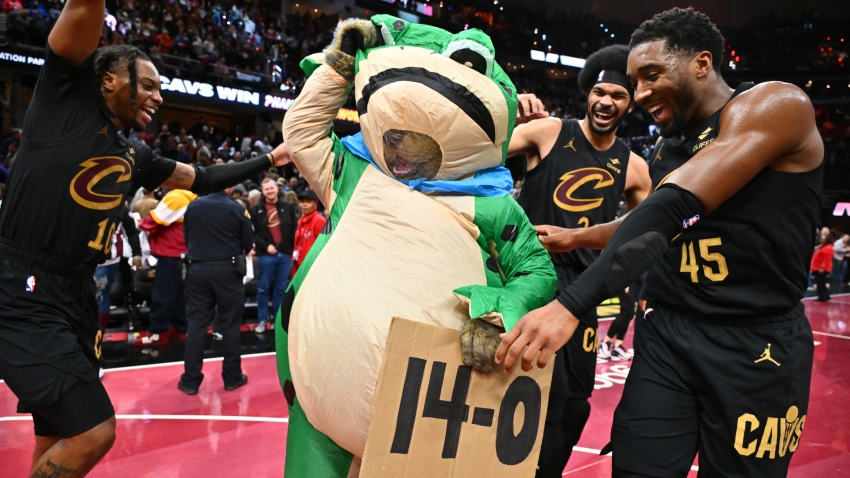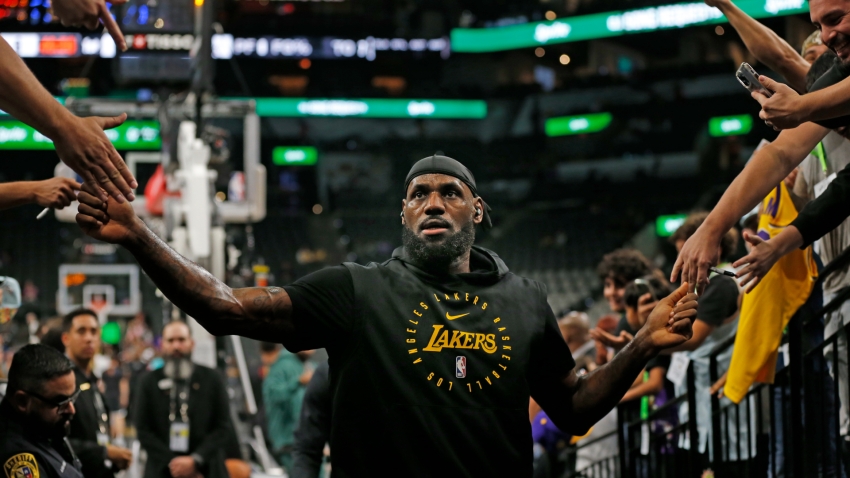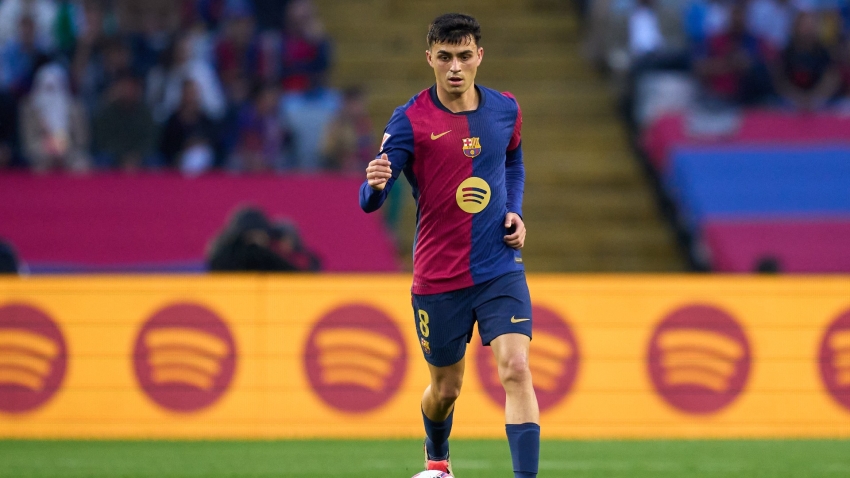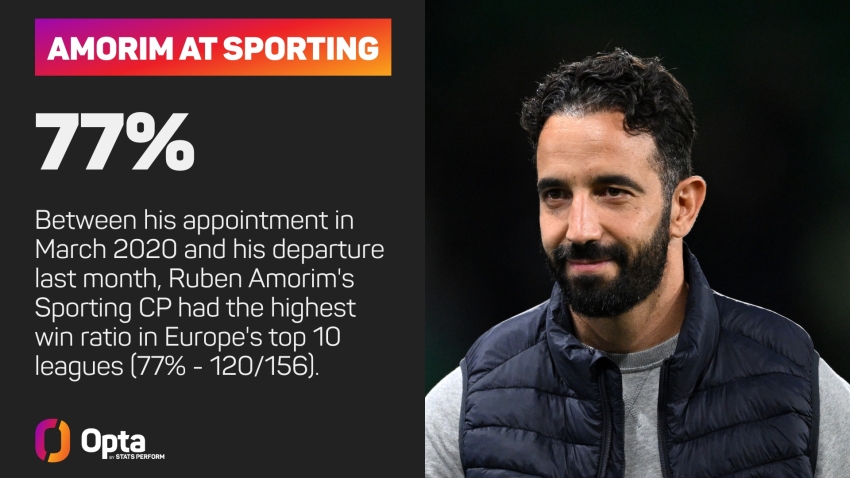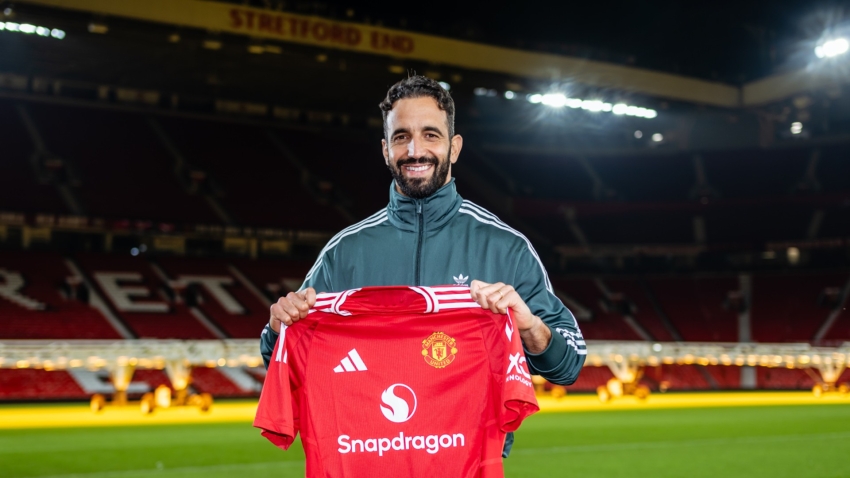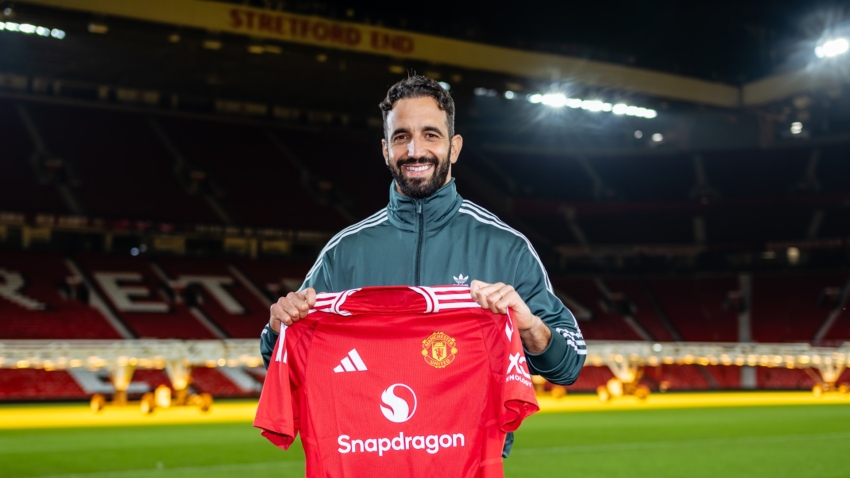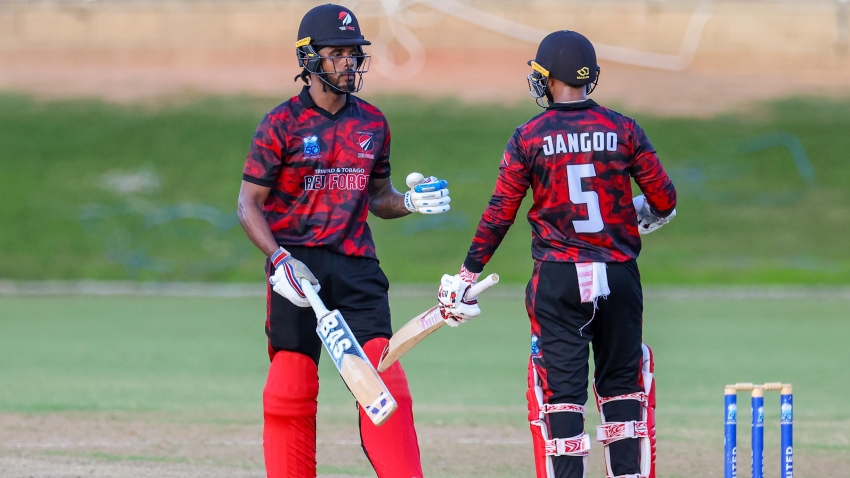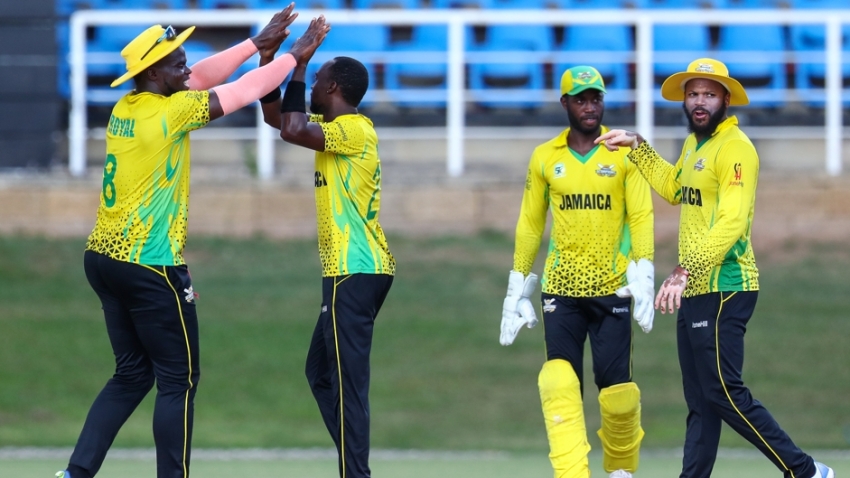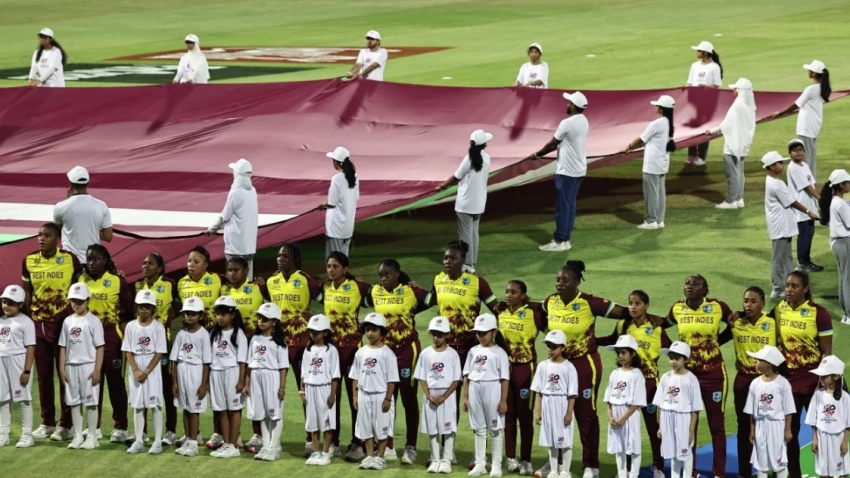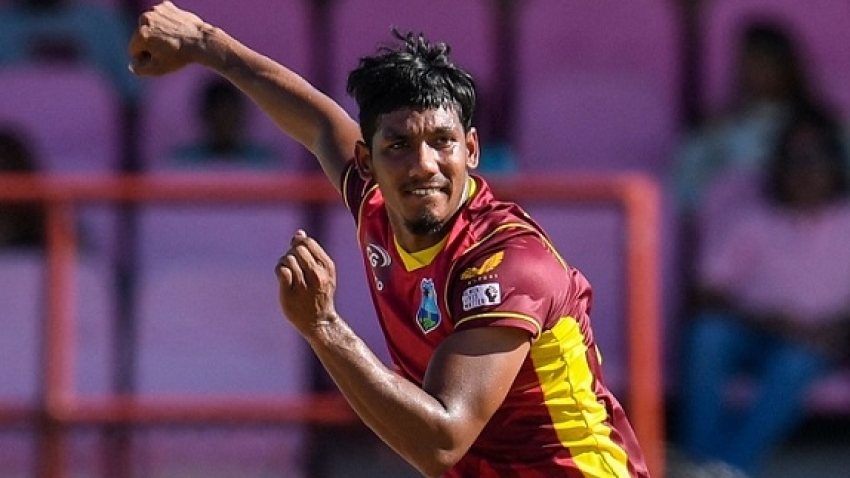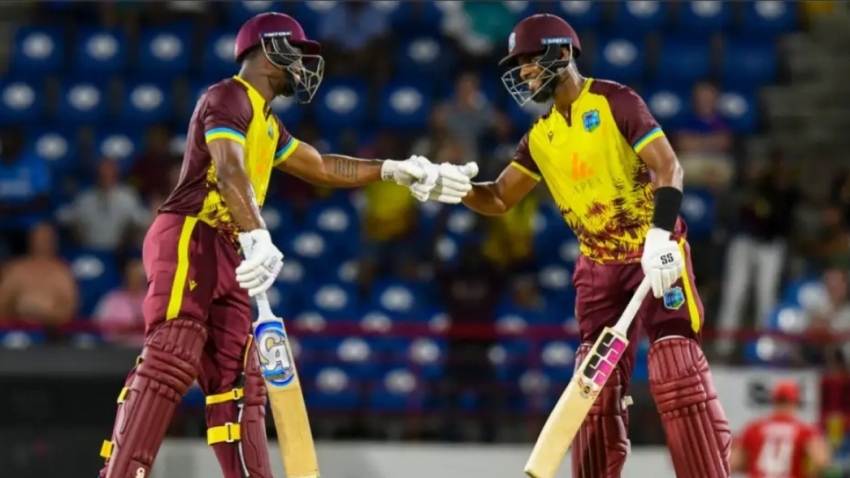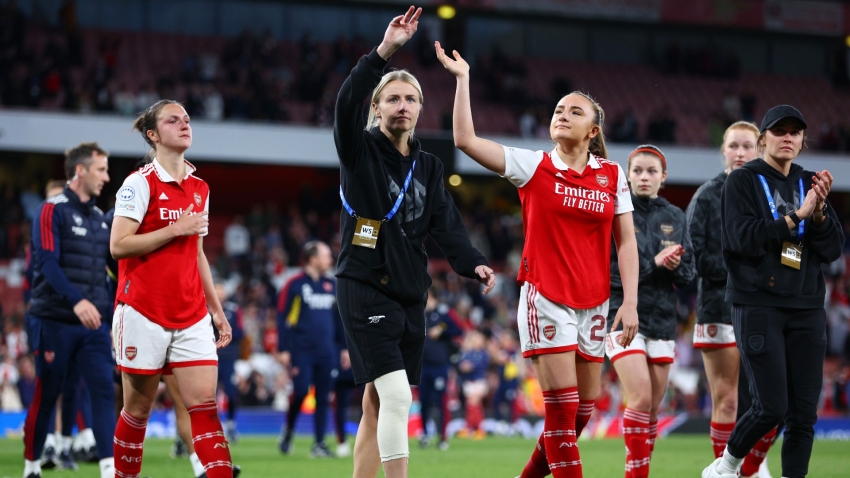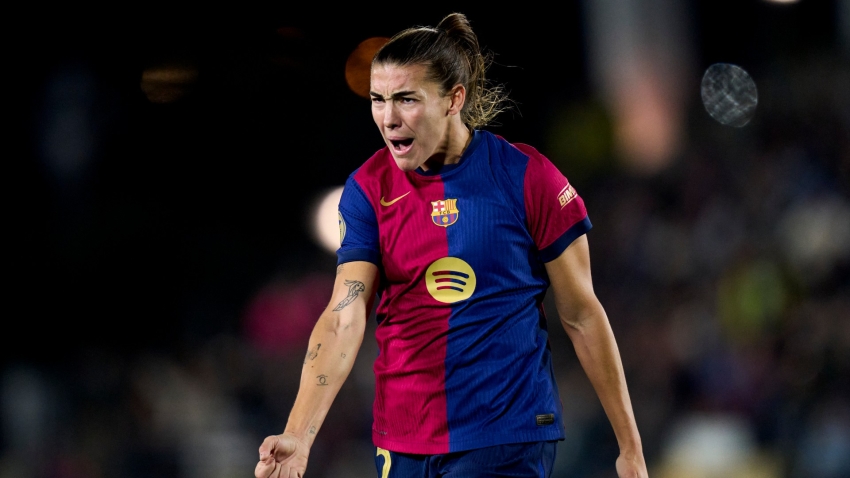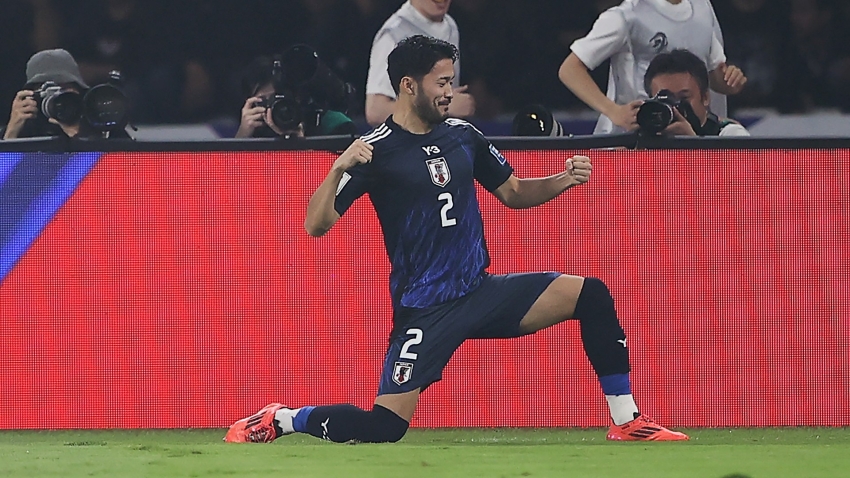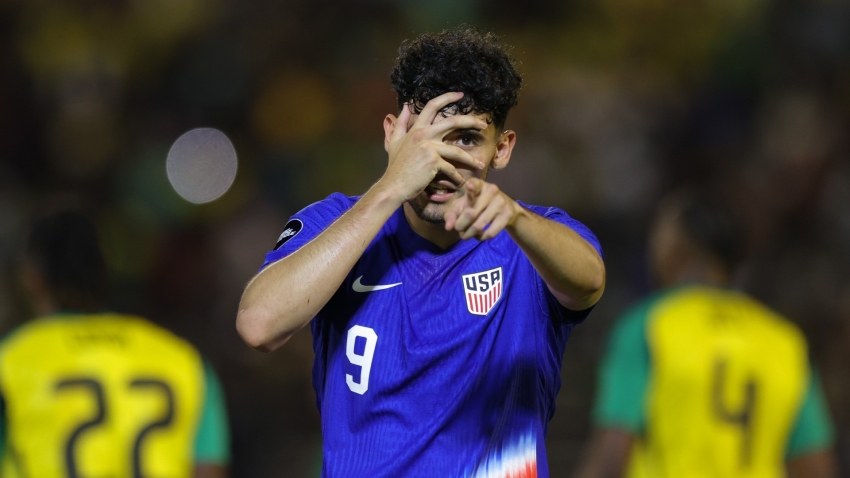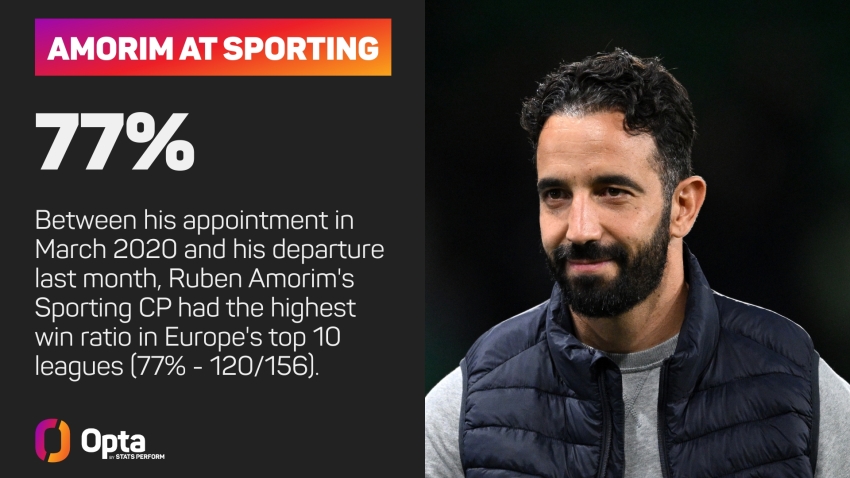Developing women-specific football boots might be the way forward when it comes to reducing the number of ACL injuries suffered by female players.
That is the hope of the European Club Association (ECA), which has backed research into the development of boots made specifically for women.
Several star players have suffered serious knee injuries in recent years, with Beth Mead and fellow Arsenal stars Leah Williamson and Vivianne Miedema among the big names set to miss this year's Women's World Cup due to ACL problems.
Two-time Ballon d'Or winner Alexia Putellas, meanwhile, missed last year's Women's Euros after sustaining an ACL tear in her left leg.
Claire Bloomfield, the head of women's football at the ECA, is hopeful new research can help mitigate the issue.
"High performance is actually the topic of our six strategic goals, where we're really committed to investing in first-of-its-kind research to tackle neglected areas of high performance and medical research," she told Stats Perform at the inaugural ECA Women's Football Summit in London.
"We know that boots on the market today are engineered for white males.
"So we need to work closely with our clubs and our Women's High-Performance Advisory Group to develop a study in partnership with industry experts to allow us to edge closer to this goal of making sure that every woman and girl is playing in football boots that are engineered specifically for her needs.
"Now this is an extraordinary project that took many, many months, and we're still only at phase one. So I anticipate there will be further layers of research and conversations to come.
"But it's great that we're having this conversation with the industry right now. There is a lot of appetite and interest in this topic and I'm hopeful that together as an industry, we will be able to get to a point where in the very near future women's football boots are accessible for all.
"One of the reasons why we launched the group, which is composed of club doctors, physios, sport scientists, all working specifically with the women's team in Europe, was so that we could tackle topics like [ACL injuries].
"So we're looking at things like menstrual cycle and performance. We're looking also at ACL injuries, and we held a session with our high-performance advisory group at Roma earlier this year where we were looking more closely with experts at the biomechanics of ACLs, and even the situations which can impact an ACL.
"There are many contributing factors, and it's a priority topic for us.
"We obviously want to work with the global game to find a way to minimise the number of players who suffer ACL injuries, but also make sure that we are better informed when it comes to things like the rehabilitation and even the training and performance."
Katrine Kryger, a medical researcher for FIFA, added: "A football boot is shaped so that it has a really tight fit to the foot. And it should be because you need to run around and change direction.
"So you can't just wear something that's loose as a normal running shoe, but having something that is not perfectly fitted to the foot will cause discomfort and pain.
"And therefore based on our new data, we have the data to design a football boot that is truly fitted to a woman's foot.
"It will give you data on where the foot should optimally bend, and we provide information about what players like in terms of the most important features of the football boot, what studs they like and where the pain and discomfort that they're currently experiencing is."
Asked whether women not wearing specifically fitted boots could have resulted in a higher number of ACL injuries, Kryger said: "I'm an academic and we base our answers on data, and we don't have the data on that.
"But if you look at it from a sort of a global perspective, we know that there are so many inequalities between men's and women's football that are contributing factors, like playing on poor quality pitches.
"But also things like wearing boots that aren't designed for them are likely to be factors that will impact the risk of injury."



